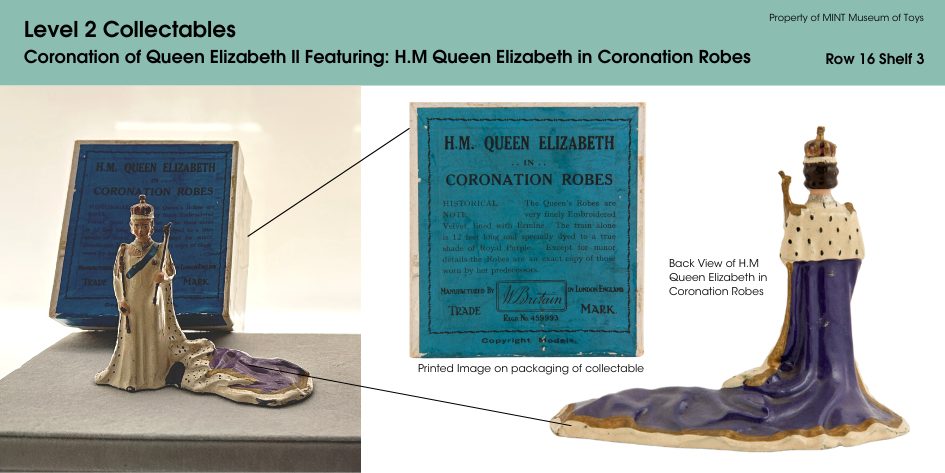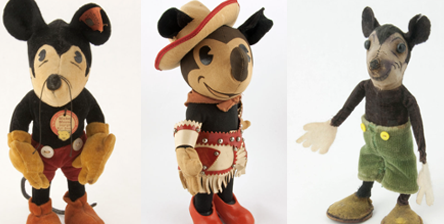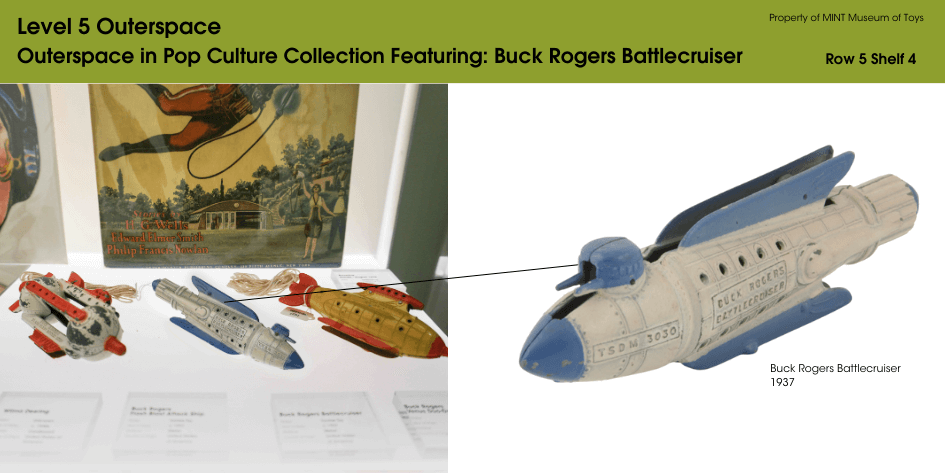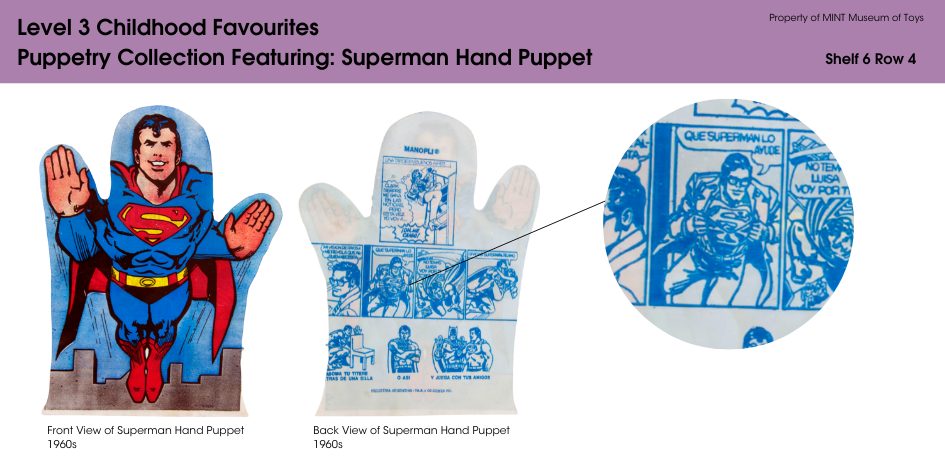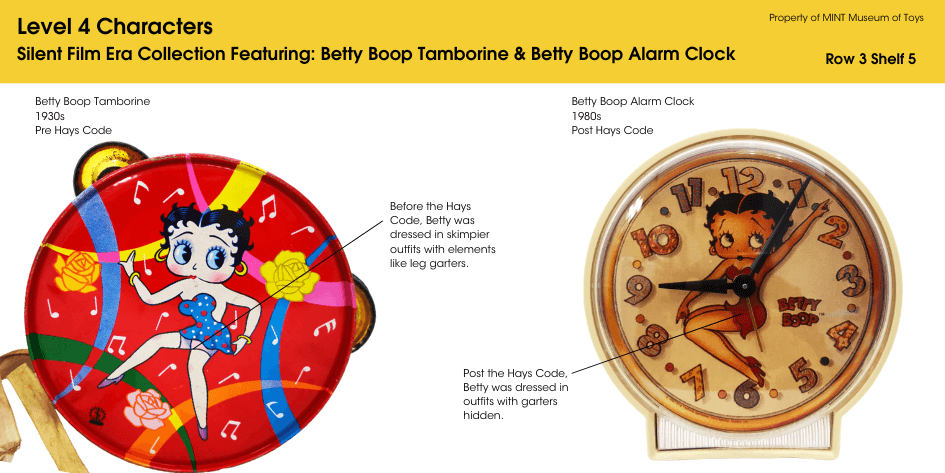It’s difficult for many of us today to comprehend just how different the world was after the end of World War II with the advent of the Cold War, Space Race, and Atomic Age. Politically, economically, socially, and even technologically, everything seemed to be in flux and uncertain.
Nowhere were these societal anxieties better discussed and interpreted than pop culture. From The Twilight Zone to X-Files, the science fiction genre in particular has always been a way for creators to let their imaginations run free and imagine what the changes in our present could mean for the future.
Even kids weren’t insulated from these discussions, as two of the 1960s most popular TV shows – The Flintstones and The Jetsons – show. Though we can look back on these 2 series through the lens of childhood nostalgia, they were actually a poignant vehicle for examining and critiquing wider issues within American society.
Read on to find out more!
Who were the Flintstones and Jetsons?
Running from 1960 to 1966, The Flintstones was a family sitcom cartoon set in a fictionalised Stone Age. The Jetsons was their futuristic counterpart which aired between 1962 to 1963, and 1985 to 1987. Both were produced by the beloved Hanna-Barbera company behind many of our childhood favourites.
Both shows revolved around the antics of the eponymous Flintstone and Jetson families as they ran into everyday problems and hilarious scenarios. Characters like Fred and Wilma Flintstone, Barney and Betty Rubble, Dino, George and Jane Jetson (and their kids Elroy and Judy), and Rosey the robot are still cultural icons decades later and are fondly remembered in our childhood memories.
Seeing the Present through the Past and Future
While both shows seemed years apart (literally), they actually used their respective settings as a way to poke fun at American culture.
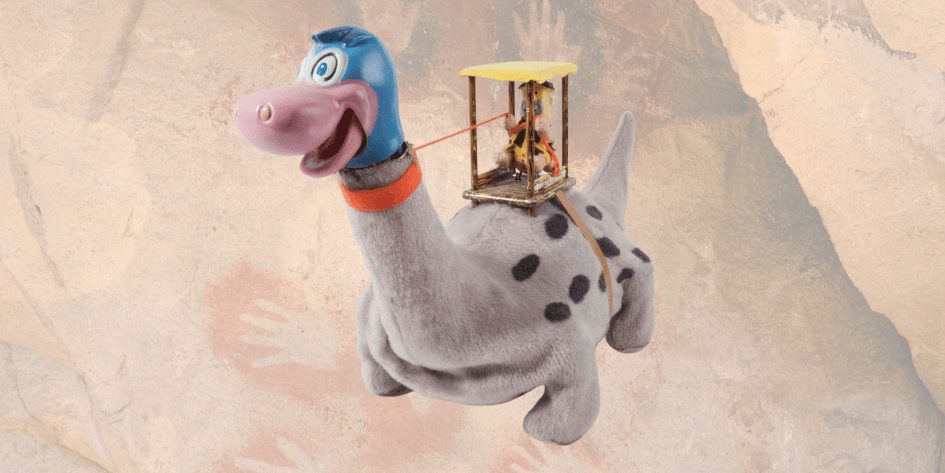
Pictured: “Dino”
Maker: Louis Marx and Company
Year of Make: 1962
Material: Fabric, Plastic, and Lithographed Tin
Country of Origin: Japan
The Flintstones leaned heavily into anachronistic humour and references – think stone cars powered by foot, or the suburban rock houses that the Flintstones and Rubbles lived in. Plot-wise many of the Fred and Barney’s hijinks were similar to that of contemporary live-action sitcomes – they would get into trouble, find a way out of it, and be reprimanded or laughed at by Wilma and Betty at the end of the episode.
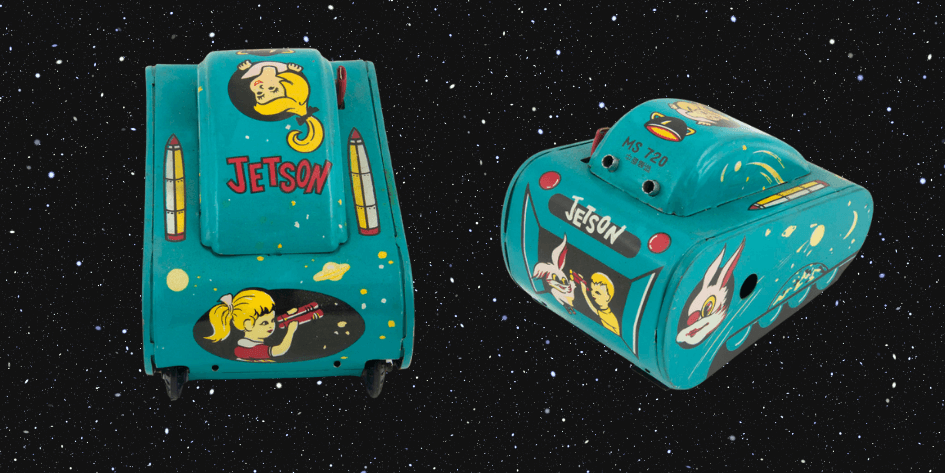
Pictured: “Somersaulting Tank”
Maker: Unknown
Year of Make: 1960s
Material: Rubber and Lithographed Tin
Country of Origin: China
In comparison, the Jetsons combined everyday problems with the futurism of science fiction for exaggerated comic effect. Typical sitcom hijinks were made even more unbelievable through their futuristic gizmos and gadgets – such as Rosey the robot complaining about how tired she is from doing chores all day.
Despite their out-of-this-world settings, both sitcoms tackled anxieties over whether new and emerging technology could actually solve our problems and even suggested that mundane problems of daily life would stay the same.
While they both poked fun at newly-emerging small town Americana life however, one reason why both series are still beloved today is the optimism and humour that ran through them. Most importantly, the neat endings and reconciliations at the end of every episode were a warm and optimistic reassurance that no matter what happens – or when – family would still be important.
Vintage shows such as The Flintstones and The Jetsons aren’t just a vehicle for entertainment but a kind of cultural time capsule. Through reflecting on them, we can learn valuable lessons about our past, present, and hopes for the future too.
Visit our toy museum in Singapore to see more vintage collectible toys and memorabilia and see history in a whole new (fun) way!

